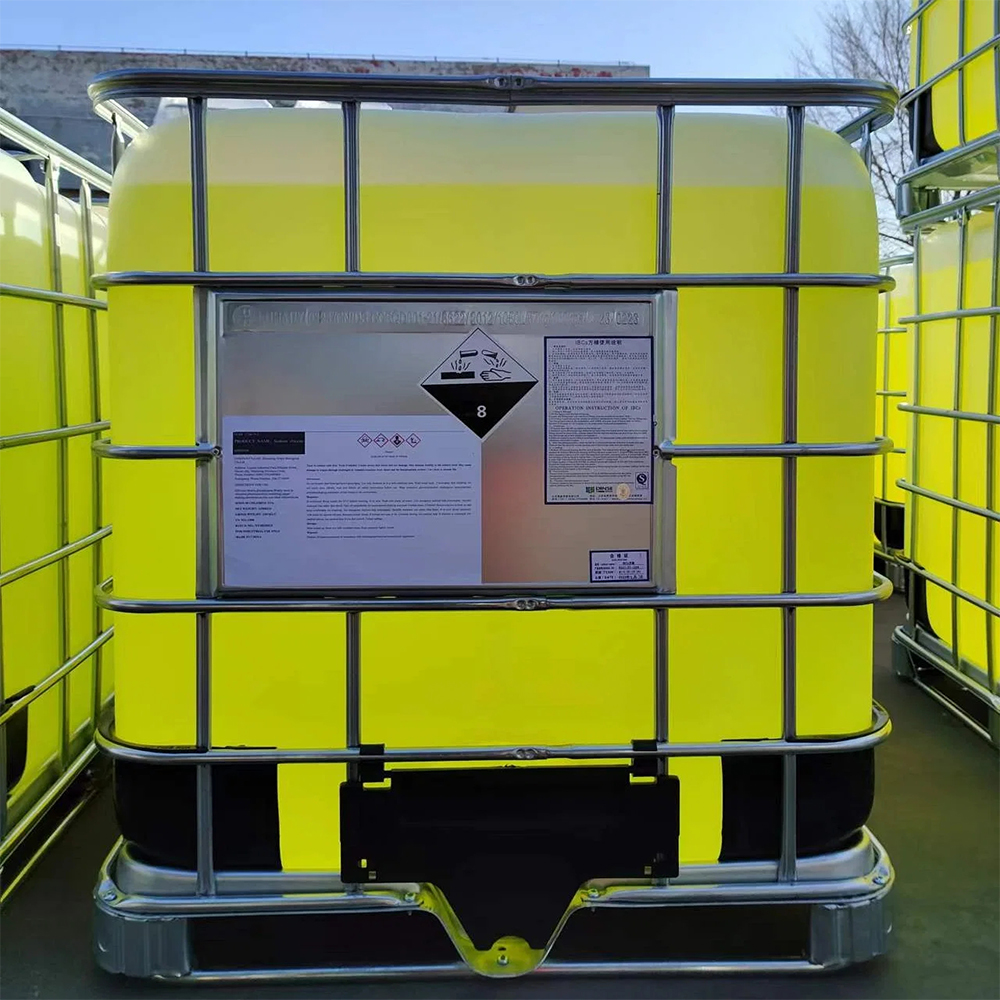



chlorine dioxide treatment
Chlorine Dioxide Treatment An Overview
Chlorine dioxide (ClO2) is a powerful oxidizing agent commonly used in various applications, particularly in disinfection and treatment processes. Known for its effectiveness in killing bacteria, viruses, and protozoa, chlorine dioxide has gained attention in both water treatment and various industrial applications due to its unique properties. This article will explore the mechanisms, applications, advantages, and safety considerations related to chlorine dioxide treatment.
Mechanism of Action
Chlorine dioxide works primarily through oxidation, a chemical process where electrons are transferred between substances. When chlorine dioxide is introduced to a contaminated environment, it reacts with and destroys microorganisms by disrupting their cellular functions. This includes damaging proteins, nucleic acids, and the integrity of cell membranes, ultimately leading to the death of pathogens. Unlike traditional chlorine, chlorine dioxide functions effectively even at a lower pH level, making it a versatile option for various treatment applications.
Applications in Water Treatment
One of the most prominent uses of chlorine dioxide is in municipal and industrial water treatment. It serves as an efficient disinfectant, targeting pathogens in drinking water supplies, wastewater disposal, and cooling water systems. Chlorine dioxide is particularly advantageous in water treatment because it does not produce chlorinated byproducts, which can be harmful to human health and the environment. Additionally, its solubility in water at varying temperatures allows for effective treatment across different seasonal conditions.
Moreover, chlorine dioxide's ability to penetrate biofilms—complex structures formed by communities of microorganisms—makes it an excellent choice for maintaining the integrity of water systems. These biofilms can harbor harmful pathogens, and conventional treatment methods may struggle to eliminate them. Chlorine dioxide effectively disrupts biofilms, refreshing the system and ensuring safer water for consumers.
Industrial Applications
Beyond water treatment, chlorine dioxide finds applications in a variety of industrial processes. For instance, it is utilized in the food and beverage industry as a sanitizing agent, ensuring that surfaces, equipment, and produce are free from harmful microorganisms. Its non-toxic nature and ability to break down into harmless byproducts make it an attractive alternative to other chemical sanitizers.
chlorine dioxide treatment

In the paper and pulp industry, chlorine dioxide is employed as a bleaching agent, providing a means to whiten paper products without the environmental consequences associated with traditional chlorine bleaching methods. This not only improves product quality but also minimizes the ecological impact of paper production.
Advantages of Chlorine Dioxide Treatment
The use of chlorine dioxide treatment offers several benefits that make it a preferred choice in numerous applications. Firstly, it is a highly effective disinfectant that performs well against a broad spectrum of microorganisms. Secondly, it requires lower concentrations than many alternatives, resulting in cost savings and reduced chemical exposure. Moreover, its ability to function in the presence of organic matter makes it highly effective in challenging environmental conditions.
Additionally, chlorine dioxide is favored for its minimal environmental impact. It breaks down into harmless substances such as chlorite and salt, which do not pose the same risks as chlorinated byproducts. As regulations around chemical use become stricter, chlorine dioxide's profile makes it an increasingly popular choice for industries striving for sustainability.
Safety Considerations
While chlorine dioxide is beneficial, it is essential to handle it with care. It can be hazardous at high concentrations, necessitating proper safety measures during its production, storage, and application. Adequate ventilation, protective eyewear, and equipment are crucial when working with chlorine dioxide to mitigate inhalation or contact risks.
Conclusion
Chlorine dioxide treatment stands out as an effective and environmentally friendly solution for disinfection and industrial processing. Its diverse applications, coupled with its ability to perform under various conditions, make it an invaluable tool in water treatment and beyond. As industries and municipalities continue to seek safer and more effective treatment options, chlorine dioxide is poised to play a significant role in achieving those goals.
-
Why Sodium Persulfate Is Everywhere NowNewsJul.07,2025
-
Why Polyacrylamide Is in High DemandNewsJul.07,2025
-
Understanding Paint Chemicals and Their ApplicationsNewsJul.07,2025
-
Smart Use Of Mining ChemicalsNewsJul.07,2025
-
Practical Uses of Potassium MonopersulfateNewsJul.07,2025
-
Agrochemicals In Real FarmingNewsJul.07,2025
-
Sodium Chlorite Hot UsesNewsJul.01,2025










